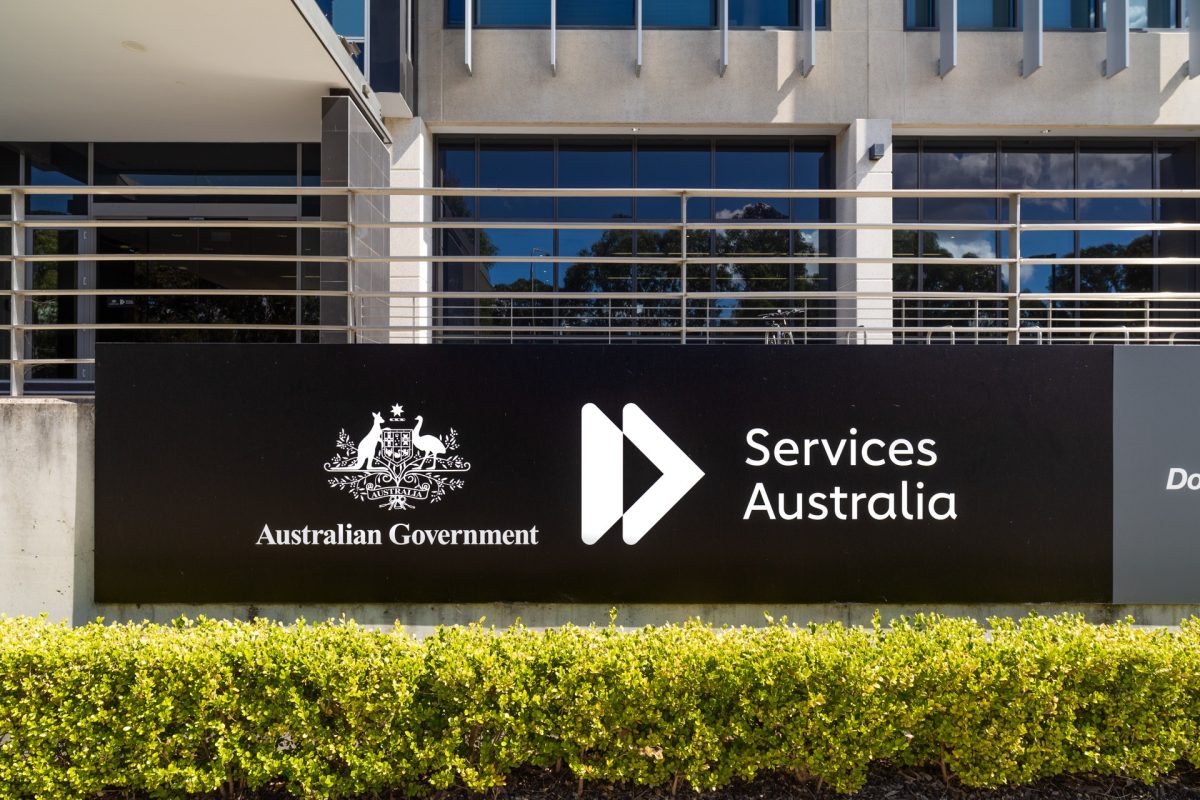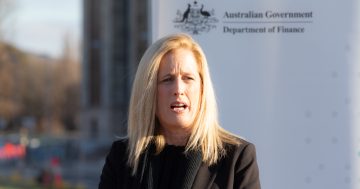
Services Australia’s public websites were among those analysed by Adobe for accessibility. Photo: Michelle Kroll.
Australia is emerging as a world leader when it comes to improving the accessibility of government websites, particularly for non-English speakers, according to research just released.
Site performance of government websites has also improved nationally.
Australia earned the second-highest score out of six countries ranked in the analysis, coming in just behind the UK.
Adobe’s latest Global Government Digital Performance and Inclusion Benchmark report, which includes state and territory as well as Federal Government sites, shows Australia has improved in what is termed ”digital social equity” as well as in other areas of accessibility.
The national score climbed to 68.4 out of 100, from 58.8 in 2022.
The research was undertaken between June and September 2023 and is an analysis of websites across the Federal Government’s myGov, Services Australia, NDIS, Australian Taxation Office, Department of Health and Aged Care, Department of Veterans’ Affairs, as well as government sites of all states and territories.
The GDPI Benchmark scored agency websites across three dimensions, the first being customer experience, based on user feedback on the quality of desktop and mobile experiences.
The second is site performance, measuring web page loading speeds, errors, and the ”findability” of sites.
And the third dimension is digital social equity, or how easy websites are for all citizens to access, read, and understand.
Customers tested were aged between 18 and 65, and site performances and equity ratings were conducted through the use of third-party tools.
Key findings from the report reveal Australia had a 33 per cent uplift in digital social equity, with agencies improving the accessibility and readability of sites.
Australians who don’t speak English at home benefitted from machine and human-assisted translation services, helping score Australia 70 per cent in the language category.
The report’s findings would suggest that efforts to narrow the digital divide are steadily progressing in Australia, with accessibility the area moving up the most year-on-year.
It is also moderately easier for citizens to navigate digital public services.
Site performance scores were boosted by an uplift in search authority, or the ease of finding public information.
Customer experience on mobile devices was behind that of desktops, however.
That, alongside lower mobile page loading speeds, still impacts too many Australians with mobile-only access to the internet.
And customer experience overall still needs to improve, the report found.
“Demand for online public services is only accelerating, and governments are looking to cater to the diverse needs and expectations of citizens,” said Adobe’s John Mackenney.
“In the past year we’ve seen Australian governments sharpen their focus on the quality of digital public services, and this report shows that investments are making a difference.
“While GDPI Benchmark scores continue to increase for governments, they are still behind leaders in the private sector, and many citizens still have challenges finding public information and services on their preferred device.
“Amid these challenges, new technologies like generative AI have the potential to transform the citizen experience and narrow the digital divide.
“For example, generative AI can help people search and synthesise information from multiple sources, while AI chatbots can support multi-lingual interactions.
“As governments around the world assess and implement responsible adoption pathways, more use cases for AI will emerge.”
Across states and territories, the New South Wales Government recorded the top score this year, rising to 72.9 out of 100.
This was led by improvements in the customer experience due to the consolidation of multiple websites and the implementation of personalisation capabilities to streamline citizen journeys.















